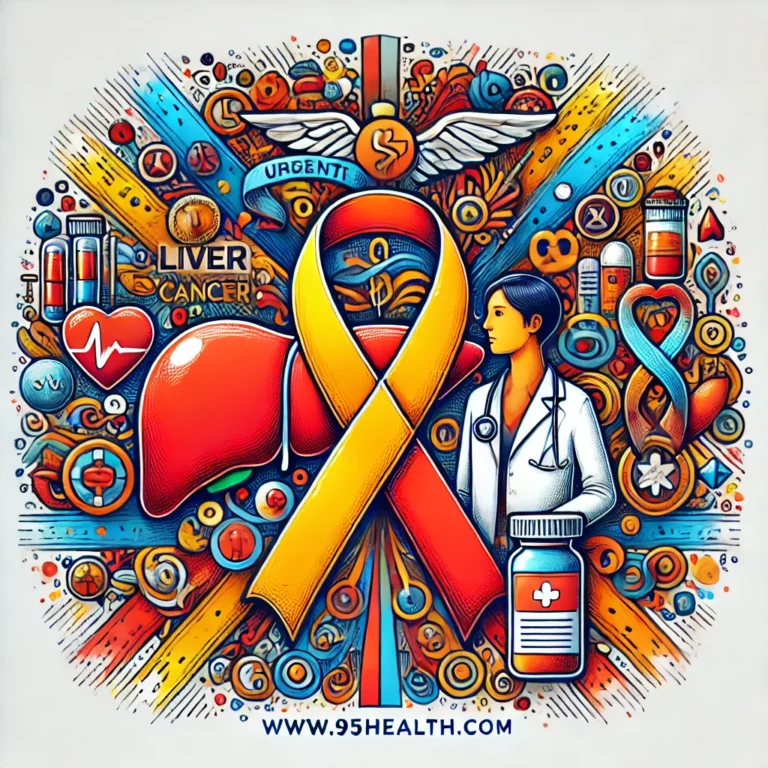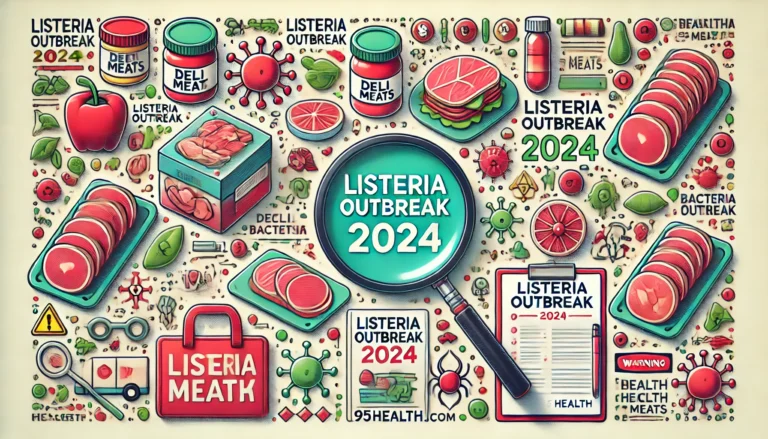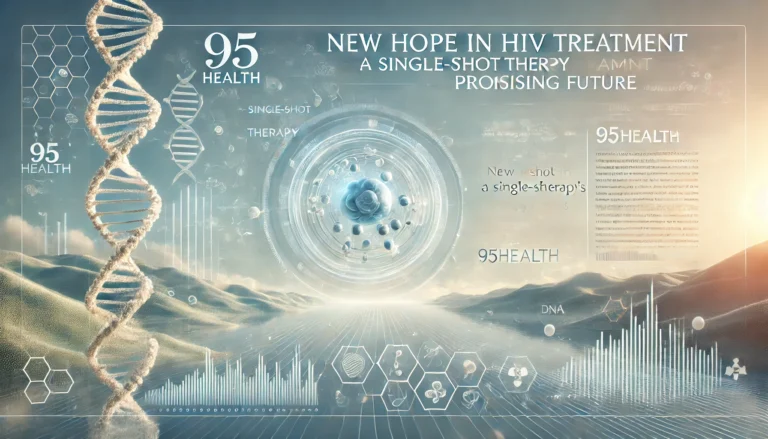Global AIDS Update: Progress and Challenges in the Fight Against HIV
The latest global AIDS update from UNAIDS reveals both significant strides and ongoing challenges in the battle against HIV/AIDS. This comprehensive report underscores the urgency of addressing gaps in prevention, treatment, and healthcare access to achieve the goal of ending the AIDS epidemic.
Key Statistics and Trends
Global HIV Prevalence:
- As of 2022, approximately 39 million people worldwide are living with HIV. This includes 37.5 million adults and 1.5 million children under 15 years old. Notably, women and girls constitute 53% of the global HIV population.
New HIV Infections:
- In 2022, an estimated 1.3 million individuals contracted HIV, representing a 38% decline in new infections since 2010. This significant reduction highlights the progress made through targeted prevention efforts and awareness campaigns.
HIV Testing and Diagnosis:
- About 86% of people living with HIV globally are aware of their status, leaving 14% (around 5.5 million people) who remain undiagnosed. Increasing access to HIV testing services is crucial for closing this gap and connecting more individuals to necessary care.
Access to Treatment:
- By the end of 2022, 76% of people with HIV were receiving antiretroviral therapy (ART). This treatment is vital for maintaining health and preventing HIV transmission. Efforts continue to ensure that 95% of diagnosed individuals start and adhere to ART by 2025.

Challenges and Strategies
Stigma and Discrimination:
- Stigma remains a significant barrier to accessing HIV services. Addressing this issue through education and inclusive policies is essential for improving health outcomes. The U.S. government, through initiatives like the President’s Emergency Plan for AIDS Relief (PEPFAR), continues to combat HIV-related stigma globally.
Integrated Healthcare Approaches:
- HIV often coexists with other health conditions such as viral hepatitis, STIs, and mental health disorders. Integrated healthcare approaches that address these syndemics can lead to more effective and holistic care for individuals living with HIV.
Community Engagement:
- Community-led initiatives and local healthcare providers play a crucial role in the fight against HIV. Empowering communities through resources and support ensures sustainable progress in prevention and treatment efforts.
Innovative Prevention and Treatment:
- The development of new prevention methods, such as pre-exposure prophylaxis (PrEP) and long-acting injectable ART, offers promising advancements in reducing new HIV infections and improving treatment adherence.
U.S. Initiatives and Global Impact
The U.S. continues to lead global efforts against HIV through various programs and initiatives. The National HIV/AIDS Strategy (NHAS) and the Ending the HIV Epidemic (EHE) initiative focus on reducing new infections, increasing access to care, and eliminating disparities. These programs aim to achieve a 90% reduction in new HIV infections in the U.S. by 2030.
Additionally, the Ryan White HIV/AIDS Program provides comprehensive care and support to low-income individuals living with HIV, ensuring that they receive the necessary medical and support services to maintain their health.






